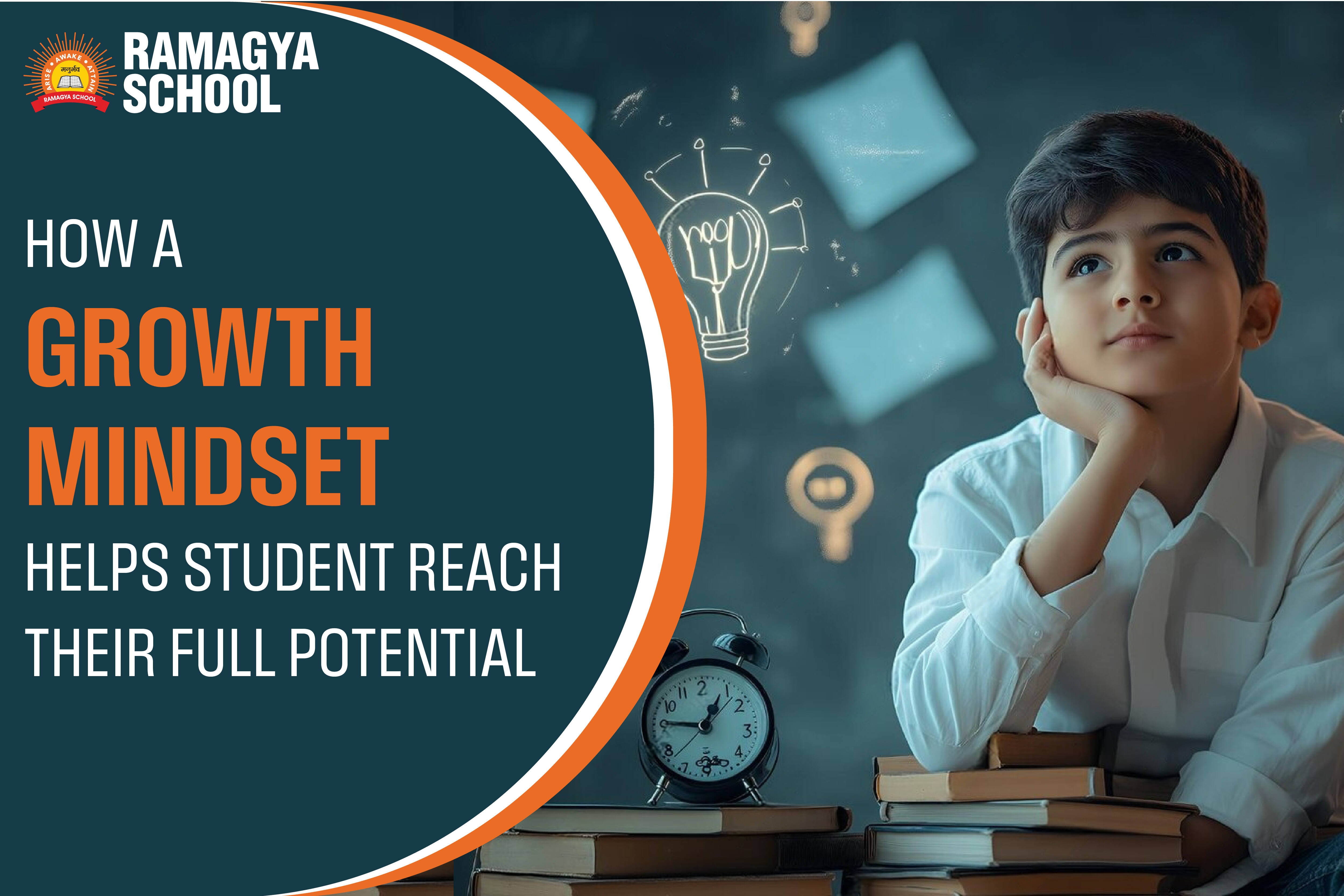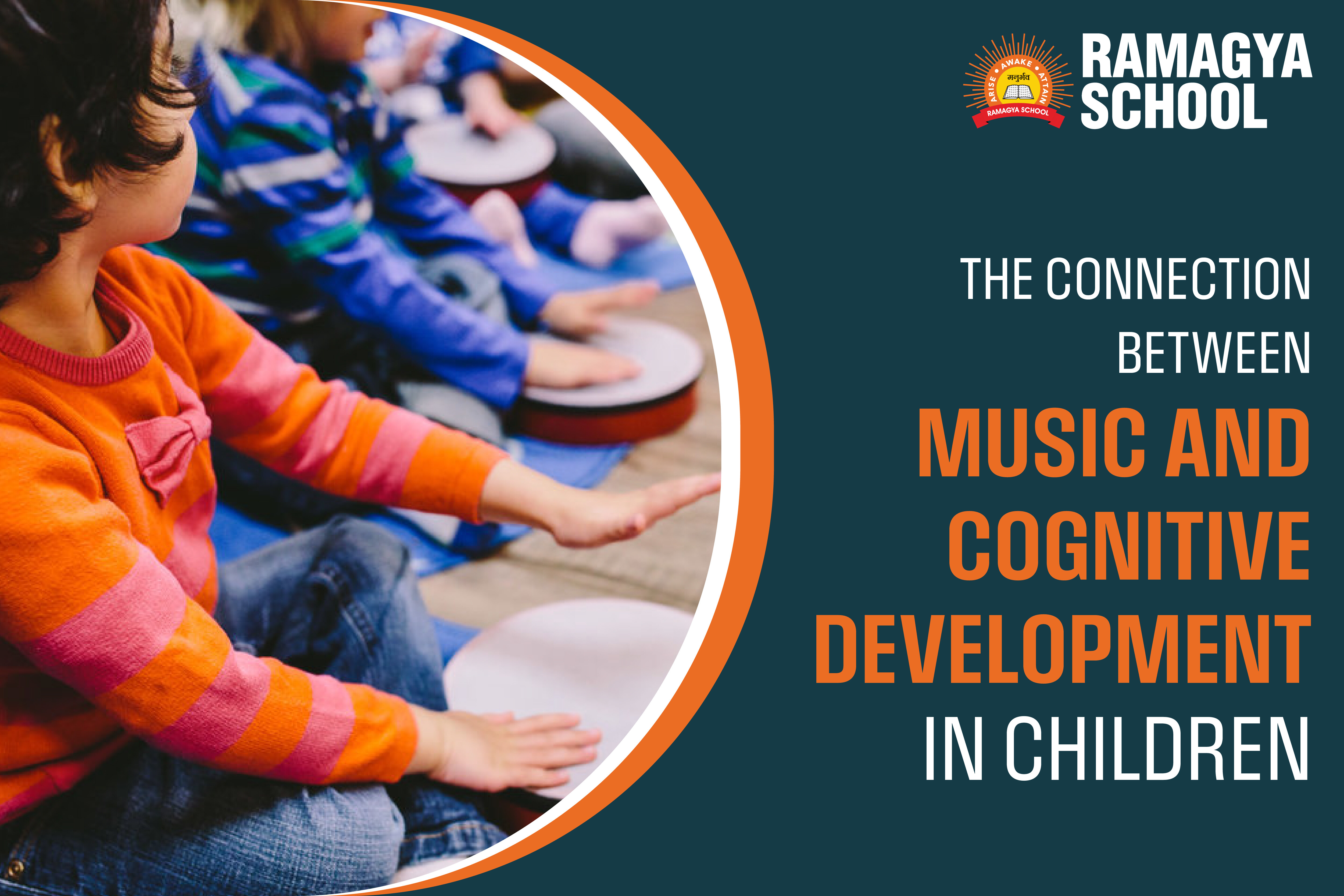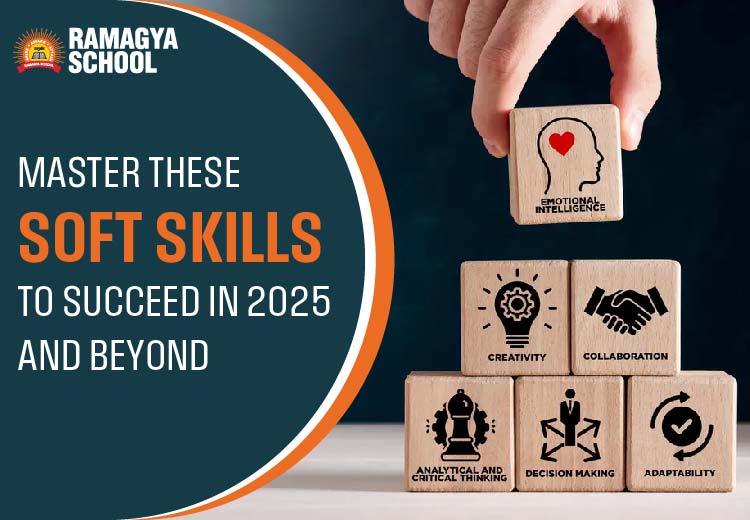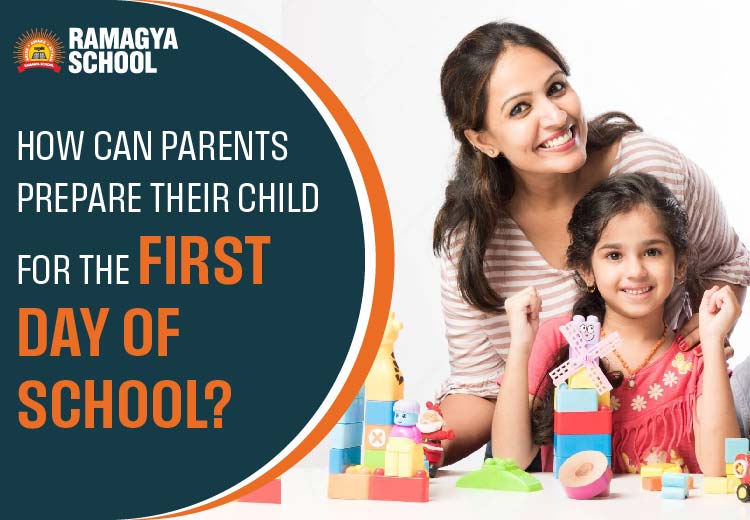In the realm of learning and success growing mindsets can be the key to success. It’s not about being gifted or intelligent at the beginning; you must believe that, with determination and persistence it is possible to improve and achieve. In this article, we’ll discuss what a mindset of growth is, and how different it is from a fixed-minded mindset and, more importantly, how cultivating a growth-minded mindset can help students realize their full potential.
Understanding Growth Mindset
What is a Growth Mindset?
The belief that talent and intelligence may be enhanced by commitment and persistence is known as a developing mindset. A growth mindset allows one to overcome challenges, keep going after setbacks, and view work as a means of achieving achievement. They understand that setbacks can be a chance to improve and gain knowledge.
Growth Mindset vs Fixed Mindset
- Growth Mindset: Those who have an attitude of growth see challenges as opportunities to grow and learn. They believe their talents will develop as they work hard and with determination. Feedback is viewed as constructive and they are influenced by the accomplishments of their colleagues.
- Fixed Mindset: Contrary to those who have a fixed mentality believe that their abilities are inherent and inexplicably unchangeable. They are afraid of failing, view the effort as useless and are prone to ignore valuable feedback. They are often frightened by the achievements of their peers, since they doubt their own competency.
Benefits of a Growth Mindset
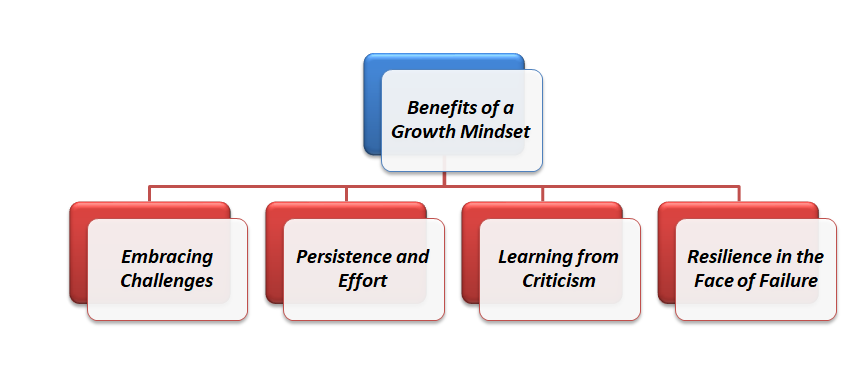
- Embracing Challenges: Students who are able to grow appreciate challenges since they view these as opportunities to grow and grow. They tend to be more willing to accept difficult assignments and persevere regardless of obstacles.
- Persistence and Effort: A growing mindset motivates students to work hard and persevere through obstacles. They recognize the importance of hard work and determination are the key to reaching their goals.
- Learning from Criticism: People with an attitude of growth see constructive criticism and feedback as essential tools for improving. They utilize feedback to modify their methods and improve their capabilities.
- Resilience in the Face of Failure: Students who have an optimistic mindset recover from failures much faster. They see setbacks as only temporary and take their mistakes over time.
Cultivating a Growth Mindset
- Encourage a Positive Learning Environment
Create a learning or home space where mistakes are considered as an opportunity to grow. Encourage students to talk about their experiences and be proud of their achievements rather than only their accomplishments.
- Teach the Power of “Yet”
Encourage students to use”yet” as a word to emphasize “yet” when students face problems. For example, instead of using “I can’t do this,” encourage students to use the phrase “I can’t do this yet.” This simple change in the language encourages belief in growth and potential.
- Set Realistic Expectations
Students should be encouraged to create achievable objectives and then break these into easily manageable steps. This method reinforces the notion that progress can be made only by effort and perseverance.
- Model a Growth Mindset
As parents and educators as parents and educators, demonstrate an attitude of growth in your personal behaviour. Tell stories about your successes and challenges, while emphasizing the importance of continual learning and continuous improvement.
Applying Growth Mindset in Education
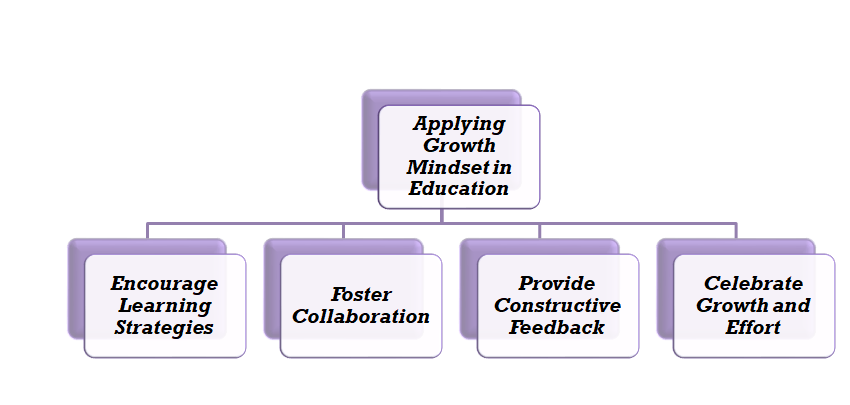
1. Encourage Learning Strategies
Help students master effective strategies for learning, like time management, goal setting, and self-assessment. These strategies help students be in charge of their learning experience.
2. Foster Collaboration
Create learning environments that are collaborative, where students can benefit from their strengths and help each other in their development as they travel through their journeys.
3. Provide Constructive Feedback
Give particular and honest feedback. It is focused on the student’s effort, progress and areas of improvement. Help students see feedback as a way to develop rather than a source of criticism.
4. Celebrate Growth and Effort
Celebrate and recognize students’ achievements and efforts, not just their achievements. Insist on examples of perseverance, determination, and growth to emphasize the importance of a growing mindset.
Beating Challenges by Developing Your mindset
1. Fear of Failure
Let students know that failure is an integral element of learning and development. Encourage them to view failures as an opportunity to improve and learn instead of setbacks.
2. Comparison and Competition
Help students focus on their own personal progress and development, not looking at others’ progress. Encourage personal development and growth over the competition.
3. Fixed Mindset Habits
Fixing the mindset by encouraging self-awareness, reflection and reflection. Students should be encouraged to recognize those who are focusing on fixed mentality and push students to shift their thinking.
4. Persistence in Long-Term Goals
Instruct students about the importance of setting long-term goals and a commitment to the goal. Help them break down big goals into achievable steps, and recognize milestones along the way.
Conclusion
By emphasizing the principles of growth mindset vs fixed mindset, educators and parents can create a nurturing environment where students thrive. Celebrating effort, fostering resilience, and teaching effective learning strategies are essential in promoting a growth mindset. Ultimately, by instilling a belief in continuous improvement and embracing challenges as opportunities for growth, we empower students to reach their full potential and become lifelong learners.
As educators and parents, we play a crucial role in nurturing and promoting a growth mindset, creating a positive learning environment where every student can thrive. By embracing the principles of growth mindset vs fixed mindset, we can guide students towards a future filled with limitless possibilities.

